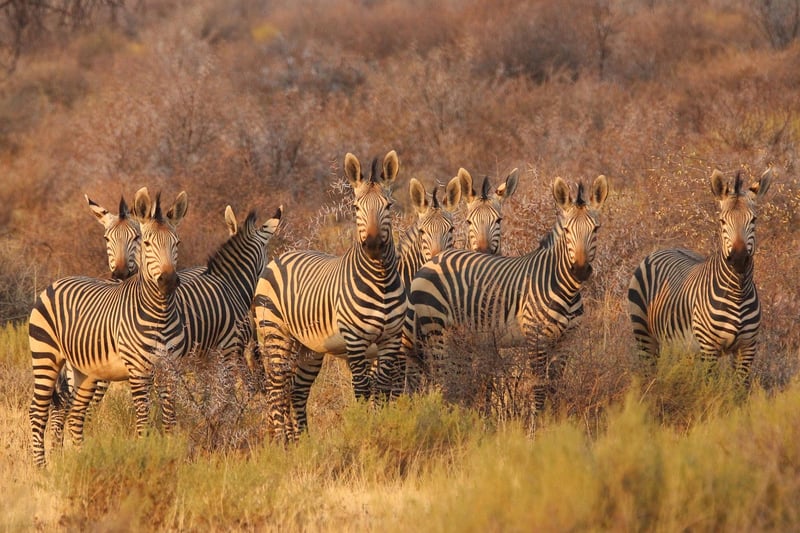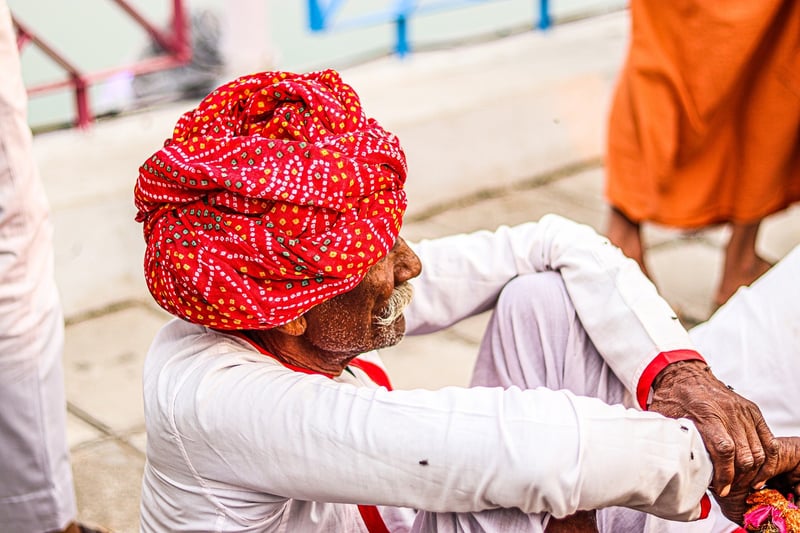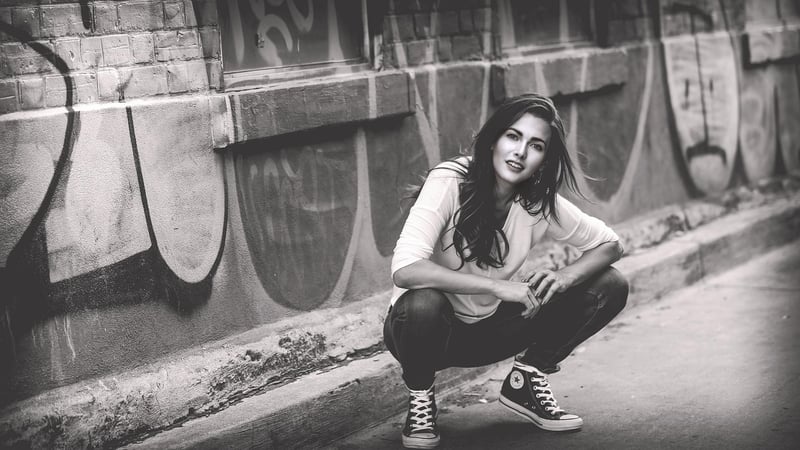Hip Hop
The Power of Expressive Movement in Hip Hop
Hip hop, a cultural movement that emerged in the 1970s in New York City, has since evolved into a global phenomenon influencing music, fashion, art, and dance. Central to hip hop culture is expressive movement, a form of dance that not only serves as a means of artistic expression but also as a way to communicate emotions, stories, and experiences.
The Roots of Hip Hop Dance
Hip hop dance is deeply rooted in African and African American dance traditions, incorporating elements of social dances, martial arts, and freestyle movements. From breakdancing to popping and locking, hip hop dance styles vary widely, allowing dancers to showcase their creativity and individuality.

Expressing Emotions Through Movement
Expressive movement in hip hop is not just about executing choreographed steps; it's about conveying feelings and experiences through body language. Dancers use gestures, facial expressions, and body isolations to tell stories and evoke emotions, creating a powerful connection with the audience.
The Influence of Hip Hop Culture
Hip hop culture has had a significant impact on mainstream dance, with elements of hip hop movement incorporated into various dance styles, music videos, and performances. The raw energy and authenticity of hip hop dance have captivated audiences worldwide, inspiring people to embrace their creativity and express themselves through movement.

Empowerment Through Dance
Expressive movement in hip hop empowers individuals to break free from societal norms, express their true selves, and build confidence through movement. By embracing the spirit of hip hop dance, dancers can tap into their creativity, passion, and authenticity, ultimately transforming their lives through the power of movement.
Whether you're a seasoned dancer or someone looking to explore the world of hip hop dance, the power of expressive movement in hip hop offers a unique opportunity to connect with yourself, others, and the world around you through the universal language of dance.
